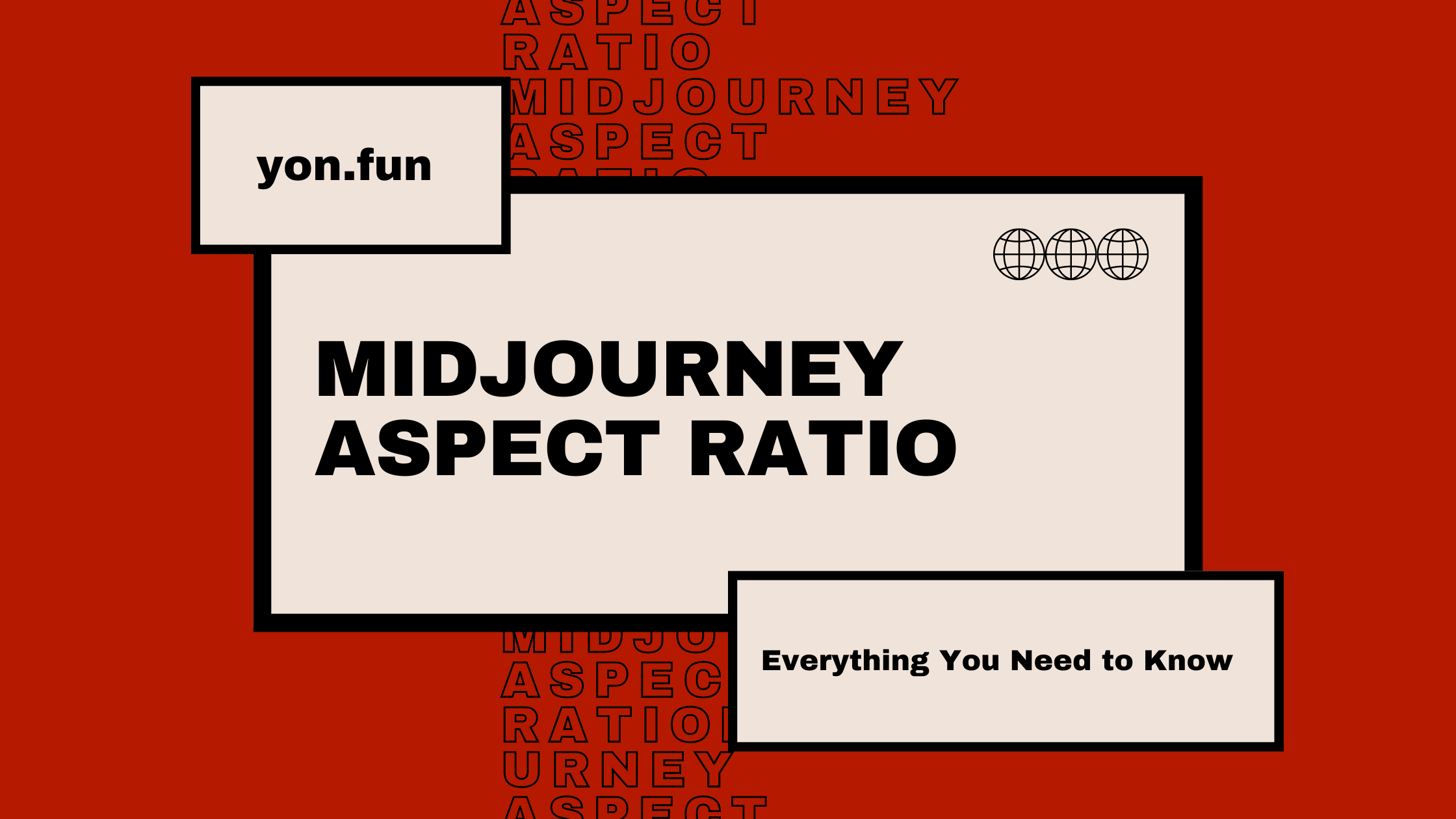Boosting ROI: AI in Finance Explained
Learn how AI prompts can enhance financial decision-making and increase ROI. Explore practical applications for streamlining audits.


Artificial Intelligence (AI) has revolutionized the financial sector, offering tools that enhance efficiency, accuracy, and strategic decision-making. This article will demonstrate the practical applications of AI in finance, particularly focusing on how it can streamline audits. By understanding and implementing these advancements, finance professionals and decision-makers can optimize their operations and improve financial outcomes.
Benefits of AI in Finance
AI technology offers several significant benefits for the finance sector, including:
- Enhanced Financial Reporting: AI tools such as ChatGPT can summarize complex financial reports, identify trends, and analyze performance data efficiently (DFIN Solutions, 2024).
- Improved Decision-Making: By analyzing extensive financial data and identifying anomalies, AI assists in making informed strategic decisions (Scaleo, 2024).
- Increased Compliance: AI can draft financial disclosure notes and update compliance requirements, ensuring accuracy and regulatory adherence (Microsoft, 2024).
- Streamlined Audits: AI tools can identify errors, flag anomalies, and verify data accuracy, significantly reducing the time and effort needed for internal audits (FICO, n.d.).
Practical Steps to Streamline Audits with AI
Step 1: Setting Up the Goal
Define the specific objectives you aim to achieve with AI in your audit process. This could include reducing the time taken for audits, improving the accuracy of financial reports, or identifying anomalies more effectively. Clear goals will guide the subsequent steps and ensure that the AI implementation aligns with your audit requirements.
Step 2: Implement and Train with Specific AI Prompts
Utilize specific AI prompts to guide the AI tools. These prompts should be tailored to various auditing tasks such as summarizing financial statements, identifying outliers, and predicting potential compliance issues. For example, you can instruct the AI to "identify any discrepancies in the Q2 financial report" or "analyze trends in expense reports over the past year."
Step 3: Integrate with Existing Financial Tools
Integrate AI capabilities with your existing financial software and tools. This ensures a seamless flow of data and enhances the overall efficiency of your financial operations. For instance, integrating AI with your ERP system can automate data entry and reporting tasks, allowing auditors to focus on more strategic activities.
Step 4: Use Training Data to Choose the Right Prompts
Leverage training data to refine and select the most effective AI prompts for achieving the desired outcomes. Analyze historical data and feedback to determine which prompts yield the most accurate and actionable results. This step is crucial for optimizing the AI's performance and ensuring that it meets your specific audit goals.
Step 5: Human Oversight to Mitigate Risks
Given the risk of AI-generated hallucinations or inaccuracies, human oversight is essential. Financial professionals should regularly review and validate the AI-generated insights to ensure their accuracy and relevance. This collaborative approach leverages the strengths of both AI and human intelligence, ensuring robust and reliable audit outcomes.
Real-World Examples
Example 1: Error Detection in Financial Statements
Microsoft has effectively utilized AI to streamline its financial reporting and audit processes. By incorporating AI tools like Microsoft Copilot, the company can scan thousands of transactions, identify discrepancies, and flag potential errors. This AI-driven approach has significantly reduced the audit cycle time from several weeks to just a few days, showcasing the power of AI in enhancing financial accuracy and efficiency (Microsoft, 2024).
Example 2: Predictive Analytics for Compliance
DFIN Solutions is a prime example of a company leveraging AI for predictive analytics in compliance. They use AI to analyze historical compliance data and predict future regulatory risks. This AI-driven analysis identifies patterns and trends that help the firm proactively address compliance issues, thus avoiding potential fines and sanctions. By utilizing AI prompts for financial reporting, DFIN Solutions ensures that they stay ahead of regulatory requirements and maintain robust compliance practices (DFIN Solutions, 2024).
Conclusion
The integration of AI in finance, particularly in the auditing process, offers substantial benefits. By following best practices such as setting clear goals, implementing specific AI prompts, integrating with existing tools, refining prompts with training data, and ensuring human oversight, financial professionals can streamline audits, enhance accuracy, and improve decision-making. Embracing these advancements will not only optimize operations but also position financial institutions for greater success in an increasingly competitive landscape.
References
- Scaleo. (2024, January 8). How To Analyze & Improve GGR And NGR + Top Casino KPIs. Retrieved from https://www.scaleo.io/blog/how-to-analyze-improve-ggr-and-ngr-top-casino-kpis-explained/
- DFIN Solutions. (2024, July 5). The Best AI Prompts for Finance & Financial Reporting. Retrieved from https://www.dfinsolutions.com/knowledge-hub/thought-leadership/knowledge-resources/useful-ai-prompts-for-financial-reporting
- FINRED. (n.d.). Money in Real Life Blog - USALearning. Retrieved from https://finred.usalearning.gov/Trending/Blog
- FICO. (n.d.). FICO® Decisions Blog. Retrieved from https://www.fico.com/blogs/
- Microsoft. (2024, February 29). Introducing Microsoft Copilot for Finance. Retrieved from https://blogs.microsoft.com/blog/2024/02/29/introducing-microsoft-copilot-for-finance/






















